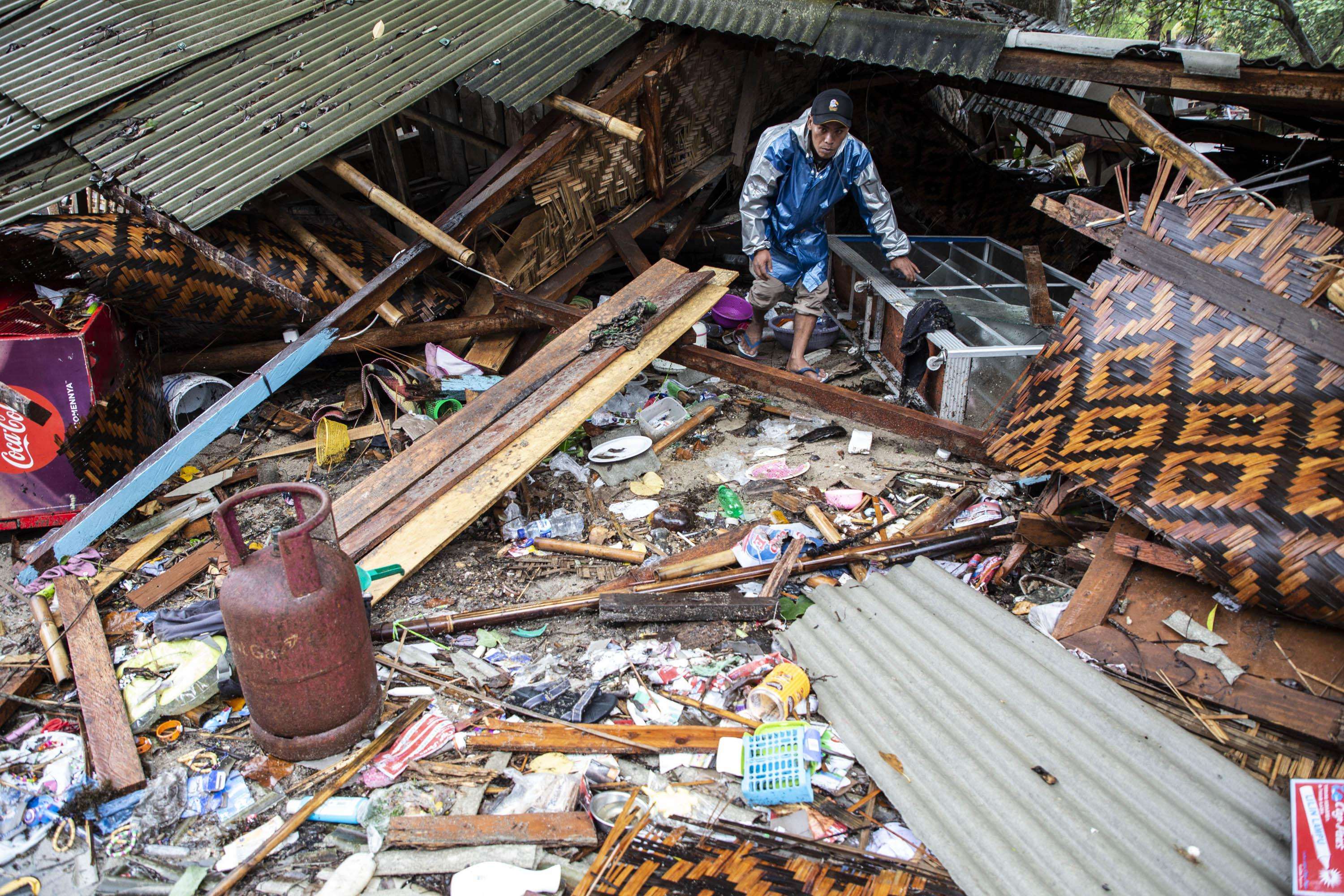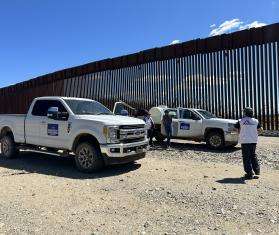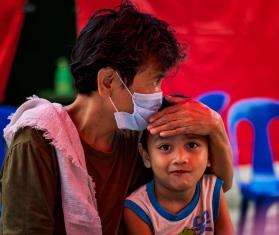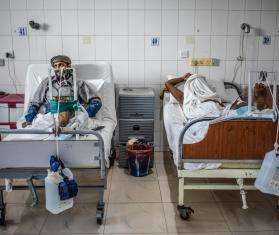UPDATED: December 26, 2018
At least 429 people have been killed and 1,485 injured in Indonesia after a tsunami hit coastal areas along the Sunda Strait on December 22, according to the country’s National Agency for Disaster Management (BNPB). At least 16,082 people have been displaced and 154 are missing in the five districts affected by the tsunami (Pandeglang and Serang in Banten Province and Lampung Selatan, Tanggamus, and Pesawaran in Lampung Province). Doctors Without Borders/Médecins Sans Frontières (MSF) teams are in the affected area to provide support for local health interventions.
MSF has mobilized three teams in the area, with one team supporting the health center in Carita, a second team supporting the health center in Labuan—both in Pandeglang district—and a mobile team visiting various communities to treat injured patients unable to make it to a health facility.
At the two health centers in Pandeglang, one of the areas hardest hit by the tsunami, MSF teams are augmenting the capacity of local health staff to care for injured patients. MSF teams are actively involved in case management, with severe cases being referred to area hospitals.
To date, 74 injured patients have been admitted to the Labuan health center and 66 have been discharged. While the affected areas are slowly beginning to recover, many streets remain blocked, making it difficult to access local health centers. Our team in Carita was unable to reach the health center on December 26 after heavy rains resulted in flooding. Medical coordination with the health center's staff was conducted via phone calls. As of December 25, 99 injured patients had been admitted to the center and released after treatment.
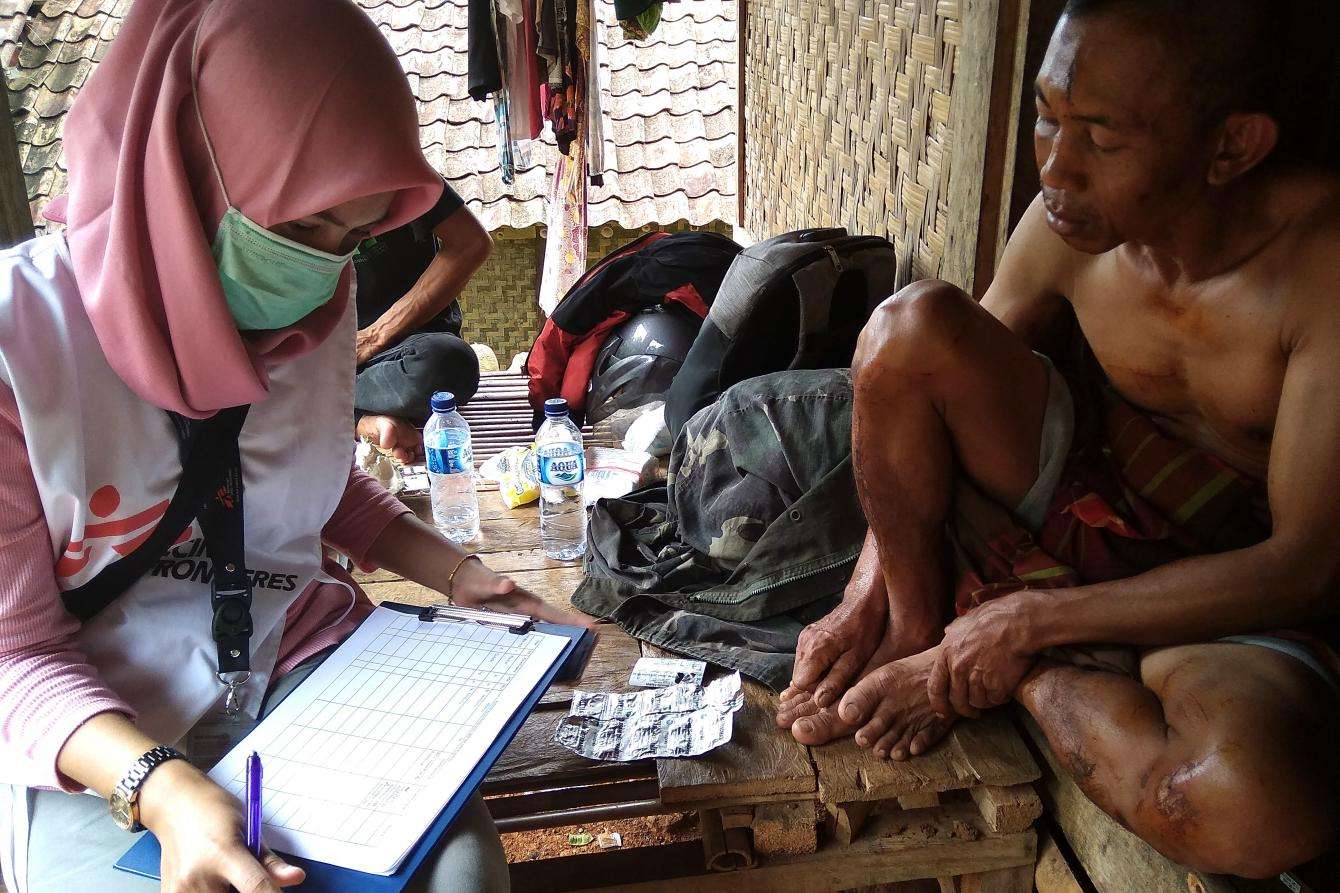
MSF mobile teams are also actively seeking out patients in the affected regions. “Aside from supporting the health centers, MSF has been conducting a mobile clinic from the third day after the tsunami hit the area," says midwife Dina Afriyanti. "We visited the survivors who have evacuated to higher ground by foot. Some of them have been injured, as they were either trying to escape the rising water or as they were hit by rubble. We saw many injured people in the remote communities who have not received any treatment. So we cleaned and dressed their wounds. Afterwards, we will conduct follow-up visits to check on their condition and make sure that they heal properly."
MSF's existing presence in the area allowed for a rapid response after the tsunami struck. "Since early 2018, MSF has had an adolescent health project in Indonesia supporting the Ministry of Health in Labuan and Carita in Pandeglang district, one of the areas most severely hit by the tsunami following an eruption of Anak Krakatoa volcano late on the evening of December 22, 2018," said MSF head of mission Daniel von Rège on December 23. "The MSF teams in Pandeglang responded to the influx of patients on the morning of December 23 as both injured people and [dead] bodies were brought in to the health centers. With support from the MSF country coordination team, which arrived a few hours later, MSF liaised with the health center teams, prioritizing immediate needs. MSF has a permanent presence in Pandeglang district, and we will continue to support the national efforts as long as needed."

